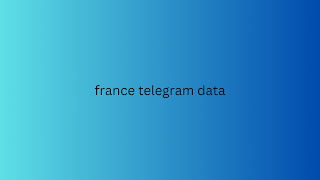The crux according to Van Dyck is that you as a company have to change to remain yourself. That is an eternal search for balance between the core functions of a company:
to adjust
achieve goals
integrate
guard identity
Companies fail when they focus too much on a function or lose sight of a function. Such as too much innovation and too little attention to the internal culture, for example, exactly the trap that companies that want to innovate too quickly can fall into.
Example? Apple, the iconic brand that was chosen by Van Dyck as a major guiding principle in his book because of its turbulent history and fame. At several points, Apple lost touch with the consumer, until it reconnected with innovative products such as the iPhone, iPod and iTunes.
The AGIL model of sociologist Talcott Parsons is used by Van Dyck to view companies as social systems. According to this model, sustainable success is based on the following 4 core functions:
Also read: Social video: trends, future & figures [infographic]
1. Adaption
Innovation is like oxygen for the company: pure necessity. That means constantly spotting trends , looking at what works for your customers and choosing the right moment. For that you need a mechanism to be able to use new trends, technology and needs for the company.
Brand extensions with incremental innovations are more interesting in the long term than completely new ideas. You don't have to be a pioneer to be seen as a pioneer, just continuing to exist is enough.
2. Goal attainment
Formulating and realizing objectives is crucial for the survival of a company. This not only concerns goals in terms of growth, profit and competition, but also social changes.
Facebook, for example, is mainly associated with privacy scandals these days. See the latest news: 400 million phone numbers on the street . So it is also about your stakeholders and opinion makers. In terms of successful marketing, Van Dyck sees a golden triangle of word-of-mouth advertising, advertising campaigns and distribution (both physical and online).
3. Integration
In a world that is increasingly diversifying and france telegram data fragmenting, cohesion and harmony within the company are essential. This means pursuing a long-term relationship with employees, customers, partners and stakeholders.

internal integration within the company
an ecosystem of partners
the customer relationship
Each level requires a different approach. Internally, a common goal is needed and a combination of a decentralized organization with intensive collaboration works well. In the ecosystem, it is about shared value creation that also creates social value.
At the customer level – for many, the most important thing under the dogma of customer first – it is about mutual dependence, loyalty and fidelity.
